In recreational diving, a safety stop at 5m/15ft for 3 minutes is recommended and nowadays it is common practice.
But what is a safety stop exactly?
In 1974 a study led by Dr. Andrew Pilmanis showed how safety stops at the end of dives greatly reduced bubble formation in divers. And we all know that bubbles are bad! At depth the concentration of gas in a diver’s body is greatly increased due to the higher pressure and the soft organs get somehow squeezed to a smaller size. During the ascent, when the pressure is reduced, the body tissues start releasing the gas in excess. The slower an ascent, the easier it is for the body tissues to release the accumulated gas and allow the soft organs to go back to their original size. In recreational diving the recommended ascent rate is 9 meters/30 feet per minute. I know that it’s hard to believe: we can’t really see what’s going on in our buddy’s body while we’re enjoying a dive! How big are his/her lungs? How many atoms of Nitrogen is his/her body releasing? I wish my eyes could actually see that! 🙂 It would be so easy to see if our buddy has just the usual tiny bubbles of gas in his/her bloodstream or if some of them are bigger! Oh well, maybe one day some clever scientist will invent a mask with Doppler ultrasound that lets us see that!
In the meantime a safety stop gives us time to “degas”. We spend 3 minutes at around 5m/15ft (most computers allow a safety stop between 3 and 6 meters/10 to 20 feet) while checking the 3-minute count-down on our computer. Sounds boring, right? There are more things that you can do during your safety stop. First of all signal to your buddy that it’s time to ascend to 5m/15ft by pointing your thumb to the palm of your flat and horizontal hand like this:
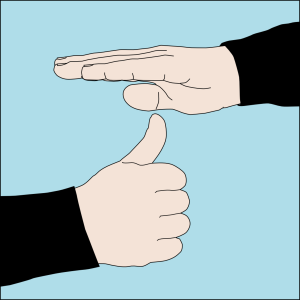
Once you reach the safety stop depth, you can replace your thumb with any 3 fingers (which represent the 3 minutes) and point them to your other flat hand palm down (which in the metric system represents the 5 meters).
Deploy your SMB.
SMB (=safety marker buoy). Not only the safety sausage will allow anybody at the surface to see that there are divers below, but you can use the line and the reel to maintain your depth. Your buddy can either use a soft grip on the line or keep it as visual reference to maintain his/her depth. Make sure to hold the reel with your hand and do not clip it to your equipment. In the unlikely event of an emergency you don’t want to be dragged to the surface by your SMB just because it’s clipped to your BCD!
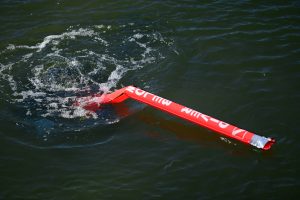
Take a look around!
Recently, during a safety stop, I could see hundreds of barracudas and a whale shark! Not bad, uh? If you’re close to the reef, take a good look at that one square meter of rocks and corals: you’d be amazed at the abundance of life in such a small patch of reef! I could stay there and observe it for much longer than 3 minutes! 🙂 Some fishes are curious and they will come closer to nibble at your mask. Just remember not to touch anything and maintain some distance from the reef!
Swim
Swim back to the boat or shore, if possible. Sometimes you can plan your dive allowing a safety stop while swimming to the exit point. This will give you the chance to swim a shorter length at the surface where the equipment drag makes it more difficult and consequently you easily get tired. Make sure to take a good look around and avoid hazards like boat engines. If you’ve deployed an SMB, make sure that you and your buddy don’t get tangled in the line.
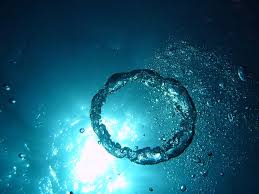
Make bubble rings!
Have you ever tried? With your right hand bring the bubbles from your regulator down in front of your face. Close both hands in fists, one facing the other and push both fists away from you. You won’t probably make a ring the first time, but hey, you have 3 minutes to practice! 😉 Don’t forget to check your computer from time to time and stay at 5m/15ft.
Hover
You want to impress your buddy with your hovering skills? Practice a meditation pose during your safety stop! The most popular is the yoga lotus pose, which could be a challenge with fins and a thick suit. Once you master it it’s pretty cool! In general the safety stop is a very good chance to practice your buoyancy skills that are always useful in every dive.
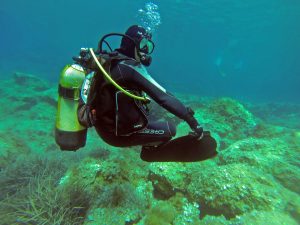
Pictures and videos
Make funny faces and poses, bring a pair of sunglasses to replace your mask with or simply remove mask and regulator for a quick picture. Remember that you should never hold your breath underwater! Take a regular breath before removing your regulator and exhale by blowing some little bubbles before replacing your regulator, purging it and continue breathing regularly. You’re a certified diver, so you should know how to remove and replace a mask underwater, but if you’re at the beginning of your diving adventure and you still find this skill a bit uncomfortable -hey, you’re human, nothing wrong with that!- don’t remove your mask unless you’re sure that your buddy has your back in case you inadvertently inhale some water. But most importantly: don’t panic and enjoy the last 3 minutes of your dive!
What do you do during your safety stop?
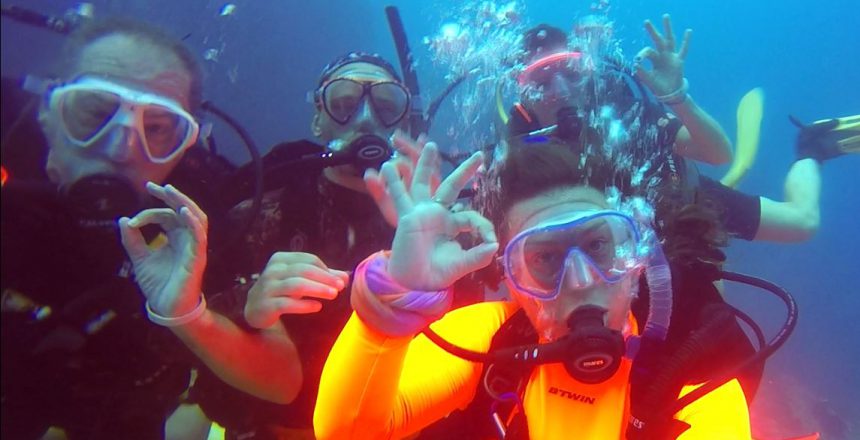
One Response
Bubble rings! <3